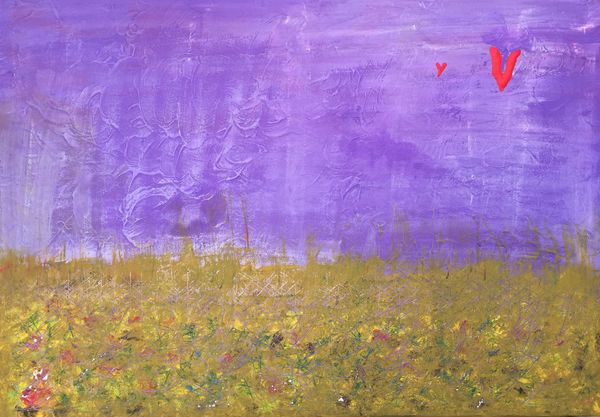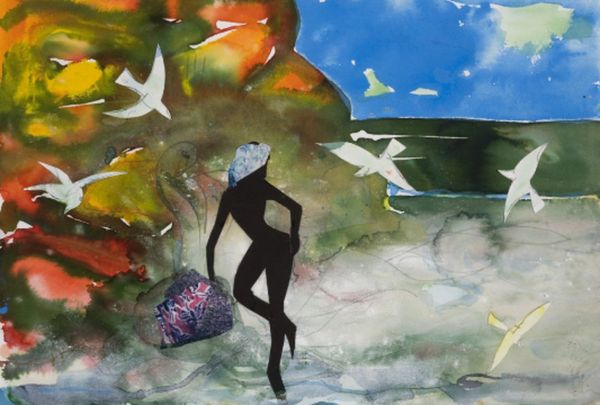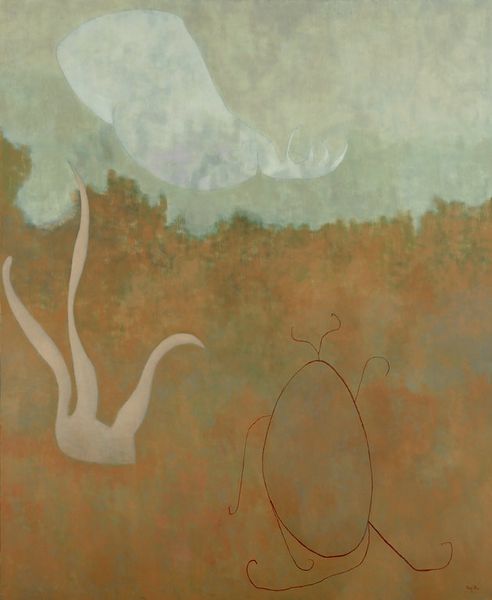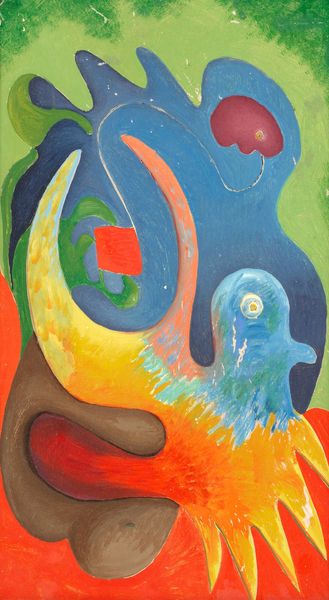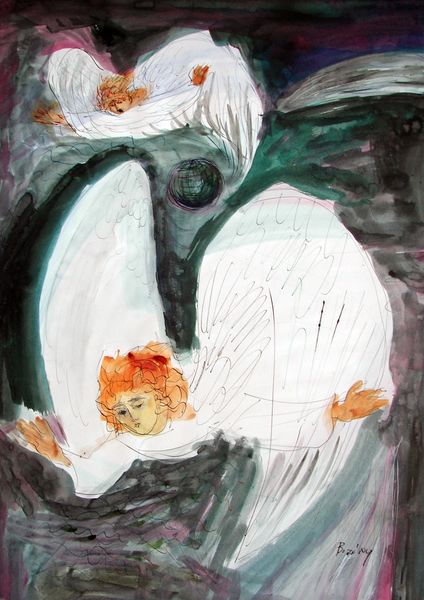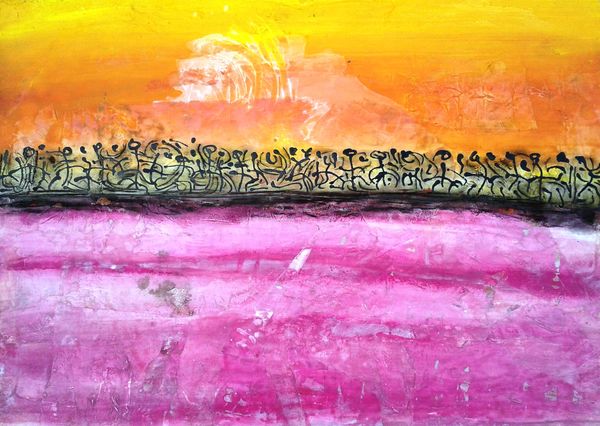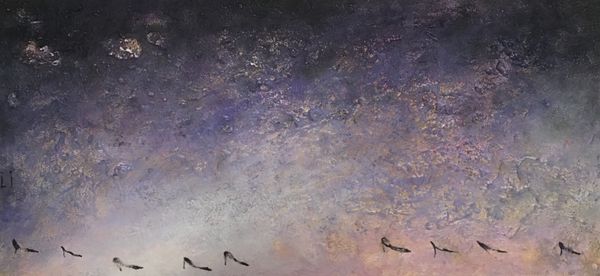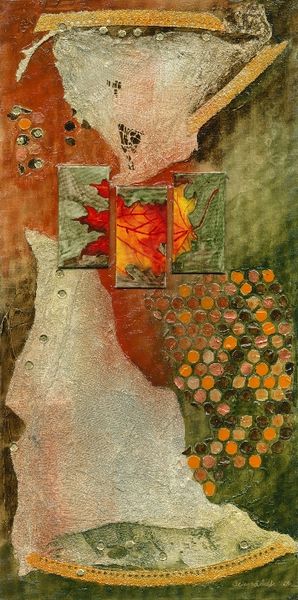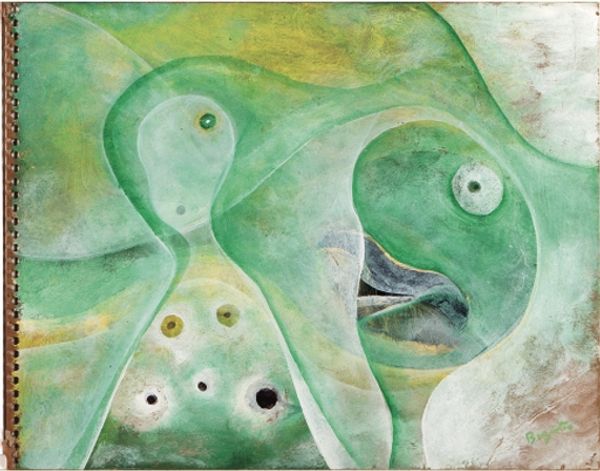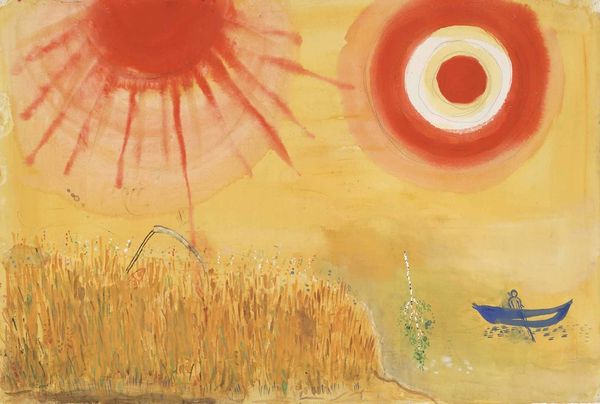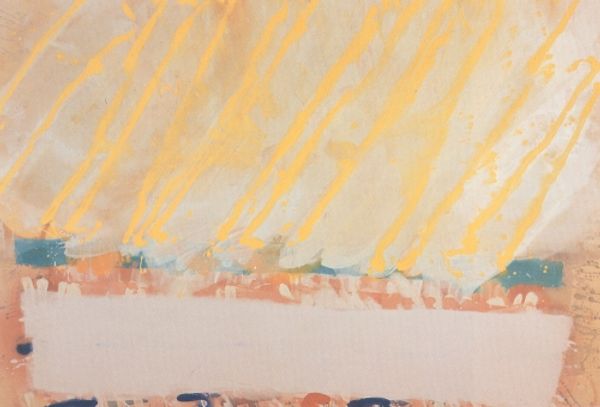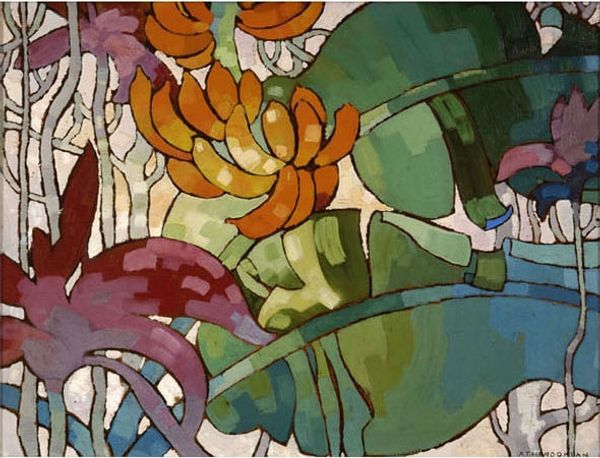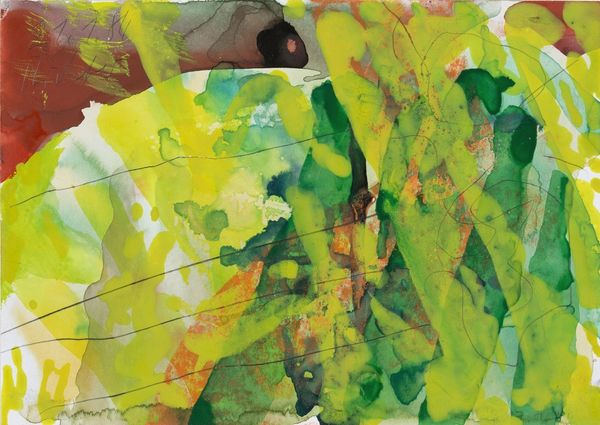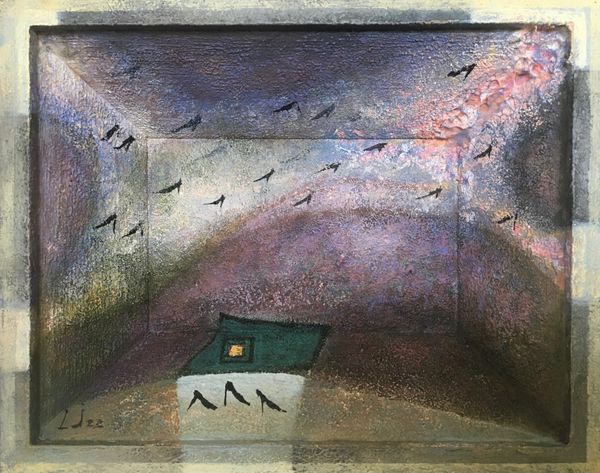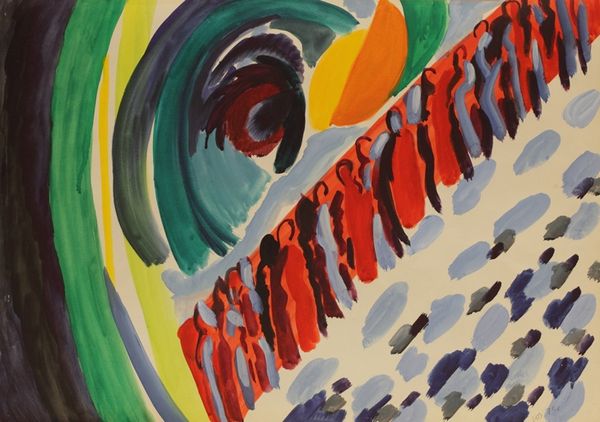
watercolor
#
portrait
#
water colours
#
impressionism
#
bird
#
flower
#
oil painting
#
watercolor
#
watercolour illustration
#
watercolor
Copyright: Bernadette Resha,Fair Use
Curator: Welcome. Let's turn our attention to Bernadette Resha's "Emerald Green." The artwork deploys a watercolour technique in a modern impressionistic style. What's your initial take on it? Editor: It strikes me as charming, yet there's a disjointed quality. The colours—particularly the sharp yellows and greens—jar a little, and the composition, with the inset picture of the duck, feels almost collage-like. Curator: The interplay of colours certainly speaks to a larger tradition of pigment sourcing. Where did she get the emerald green paint? What brand? Pigment history tells of vast, inhumane colonial exploits. Editor: An intriguing point. Zooming in, I’m noticing a real juxtaposition of textures and surfaces too; the solid washes behind are really different to the carefully depicted detail of the bird. I am curious about that small frame that holds the animal's drawing, does it function as an image in an image? Curator: Possibly, it evokes an archival feel that begs the question of labor—Resha's obviously, but how might others contribute? Were studio assistants involved? Did a supplier sell that brush? Also what's that border? It looks machine made, hinting at further industrial interventions that devalue artist skill! Editor: I see what you mean! Speaking to a broader, ah, accessibility? I appreciate Resha’s bold choice in disrupting traditional expectations of harmony, though I’m unsure the aesthetic succeeds fully. Yet there’s potential! Curator: Harmony, I agree, is secondary here, or challenged outright, as perhaps is a view of artistic mastery rooted solely in technical skill; however, I remain concerned about its environmental consequences, from factory production to disposal waste impacting communities beyond artistic spaces Editor: A vital concern indeed. Perhaps Resha is critiquing traditional landscape depictions, positioning manufactured production against the natural, challenging viewers to recognize their presence? Curator: Good eye! Ultimately, examining art necessitates considering its creation—material choices, labor conditions—for understanding its cultural significance! It makes for a more full and thoughtful analysis. Editor: It has altered mine; a potent reminder that analyzing intrinsic qualities alone doesn’t offer a thorough picture, for it's but another possible point of entry into the richness of a composition!
Comments
No comments
Be the first to comment and join the conversation on the ultimate creative platform.
